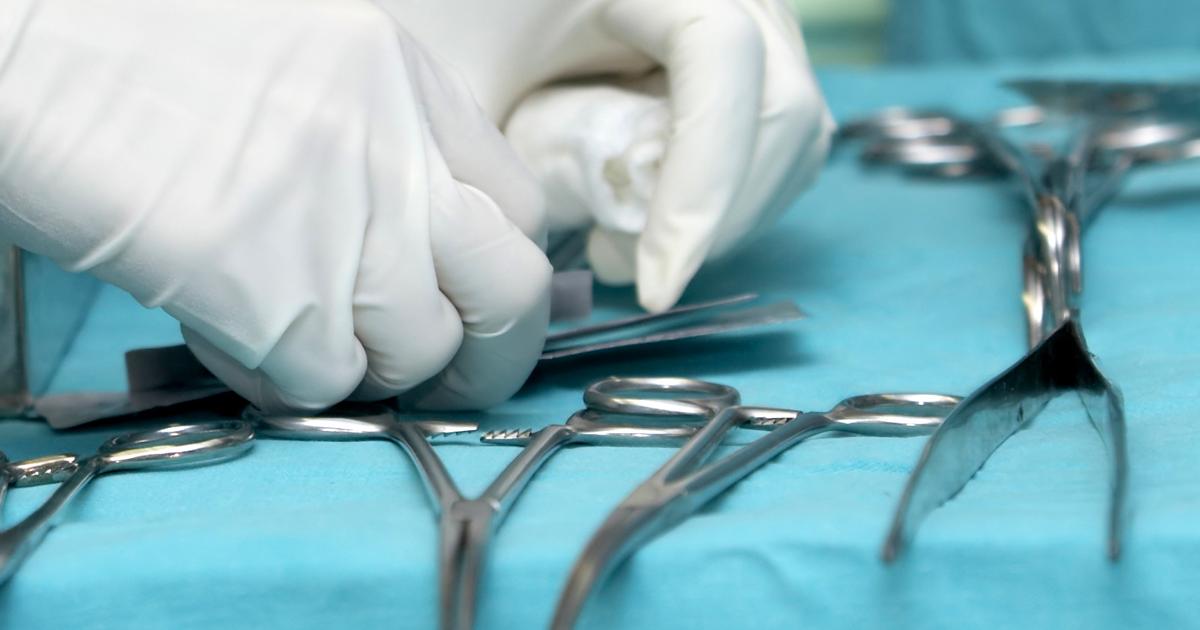How To Treat Friedreich's Ataxia
Use Of Walking Aids

The use of walking aids can be very beneficial for Friedreich's ataxia patients, particularly as the symptoms progress. Many patients will eventually transition to using a wheelchair full-time. However, using walking aids before making the transition can help preserve muscle tone and strength for longer. Walking aids might include actual walkers, which an individual can use to support themselves as they move from place to place. The condition interferes with coordination and balance, so having a support device is helpful. Similarly, specially fitted crutches might be helpful.
Some patients might benefit from leg braces or other orthotic devices, though the efficacy will vary from case to case. Some individuals might also use multiple different mobility aids and choose the one that's best for them depending on their energy levels, the amount of walking they need to do, and where they're going. An occupational therapist can help patients get used to mobility aids and make sure they're being used correctly. Occupational therapists can also help make the patient's home environment more accessible for their condition.
Surgery

Friedreich's ataxia can't be cured through surgery, and the progression of the disease will continue regardless of whether a patient has surgery or not. Because of this, it will vary widely from case to case whether surgery is a viable option. Patients will have to discuss the pros and cons with their doctor. Some individuals with Friedreich's ataxia will develop scoliosis. There are also foot deformities that might be corrected through surgery. If the muscles that control speech become impaired, surgery might be necessary to help mitigate difficulty swallowing.
In addition, since seventy-five percent of Friedreich's ataxia patients have some form of heart involvement, surgery may be necessary to manage a heart condition. One study showed more than sixty percent of Friedreich's ataxia patients had scoliosis. Patients who opted for corrective surgery had high success rates afterward, and the correction was maintained following the surgery. Some foot deformities that might be corrected through surgical means include club foot, high arch, and pes cavus. These deformities can affect an individual's mobility or cause pain, rendering surgery a viable intervention.
